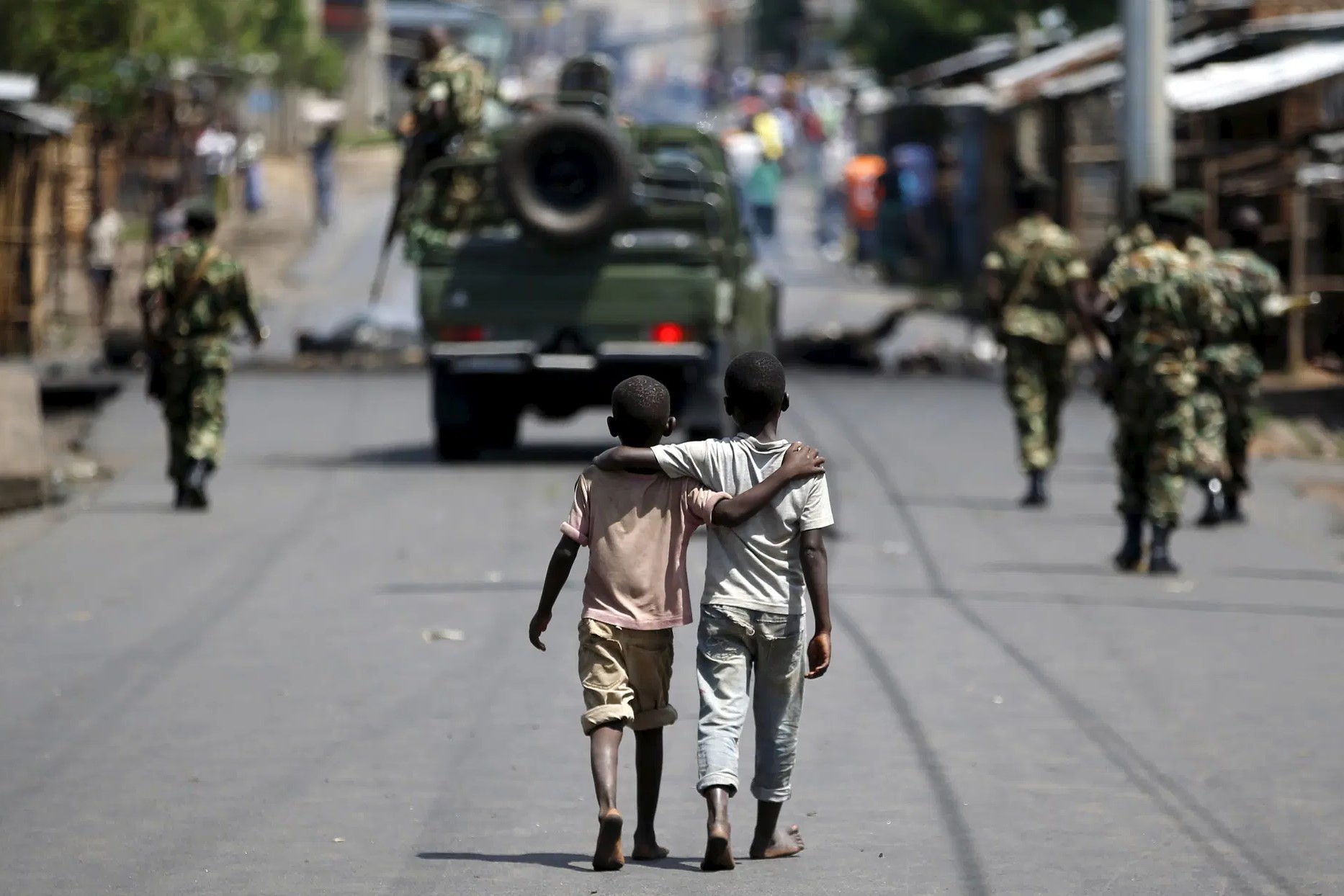
The Burundian Civil War was a brutal conflict that lasted from 1993 to 2005, leaving a significant mark on the country's history. This war, primarily between the Hutu and Tutsi ethnic groups, resulted in the deaths of around 300,000 people and displaced countless others. Understanding the complexities of this conflict helps us grasp the challenges Burundi faced and continues to face. From the assassination of President Melchior Ndadaye to the Arusha Peace Agreement, each event played a crucial role in shaping the nation's future. Here are 30 facts that shed light on the causes, key events, and aftermath of this devastating war.
Key Takeaways:
- The Burundian Civil War lasted 12 years and resulted in the deaths of 300,000 people, causing a severe humanitarian crisis with long-lasting effects on the population and infrastructure.
- The war had a profound impact on Burundian society, culture, and economy, disrupting trade, agriculture, and overall economic stability, which are still felt today.
Background of the Burundian Civil War
The Burundian Civil War was a brutal conflict that took place in the small East African nation of Burundi. It spanned over a decade and had profound impacts on the country's population and infrastructure. Here are some key facts about this devastating war.
-
The Burundian Civil War lasted from 1993 to 2005, making it a 12-year conflict.
-
The war began after the assassination of the first democratically elected president, Melchior Ndadaye, in 1993.
-
Ethnic tensions between the Hutu and Tutsi groups were a significant cause of the conflict.
-
The war resulted in the deaths of approximately 300,000 people.
-
Over 1.2 million people were displaced due to the fighting.
Key Players and Groups Involved
Understanding the main actors in the Burundian Civil War helps to grasp the complexity of the conflict. Various groups and leaders played pivotal roles throughout the war.
-
The main Hutu rebel group was the CNDD-FDD (National Council for the Defense of Democracy – Forces for the Defense of Democracy).
-
The Tutsi-dominated government forces were a major player in the conflict.
-
Pierre Nkurunziza, who later became president, was a key leader of the CNDD-FDD.
-
The Palipehutu-FNL (Party for the Liberation of the Hutu People – National Forces of Liberation) was another significant Hutu rebel group.
-
The Arusha Peace Agreement, signed in 2000, was a crucial step towards ending the war.
International Involvement and Impact
The international community played various roles in the Burundian Civil War, from peacekeeping to providing humanitarian aid. Their involvement had both positive and negative effects.
-
The United Nations deployed peacekeeping forces to Burundi in 2004.
-
Neighboring countries like Tanzania and Rwanda were affected by the influx of refugees.
-
The African Union also sent peacekeeping troops to help stabilize the region.
-
International NGOs provided essential humanitarian aid to displaced populations.
-
The war drew attention to the need for better conflict resolution mechanisms in Africa.
Humanitarian Crisis and Aftermath
The Burundian Civil War caused a severe humanitarian crisis, with long-lasting effects on the population. The aftermath of the war continues to shape Burundi today.
-
Malnutrition and disease were rampant in refugee camps.
-
Many children were recruited as child soldiers by both rebel groups and government forces.
-
The war severely damaged Burundi's infrastructure, including schools and hospitals.
-
Post-war, Burundi faced significant challenges in rebuilding and reconciliation.
-
The Truth and Reconciliation Commission was established to address war crimes and human rights abuses.
Cultural and Social Impact
The war had a profound impact on Burundian society and culture. It affected everything from daily life to the arts and education.
-
Traditional Burundian music and dance were used as tools for peacebuilding and reconciliation.
-
Many Burundians turned to storytelling to cope with the trauma of war.
-
The education system was disrupted, with many schools closing or being destroyed.
-
Women's roles in society changed, as many became heads of households due to the loss of male family members.
-
The war led to a greater emphasis on ethnic identity and divisions within the country.
Economic Consequences
The Burundian Civil War had devastating effects on the country's economy, which are still felt today. The conflict disrupted trade, agriculture, and overall economic stability.
-
Burundi's GDP significantly declined during the war years.
-
Agriculture, the backbone of Burundi's economy, was severely affected by the conflict.
-
Many businesses were destroyed or abandoned due to the fighting.
-
Foreign investment in Burundi plummeted during the war.
-
Post-war economic recovery has been slow, with many Burundians still living in poverty.
Reflecting on the Burundian Civil War
The Burundian Civil War left an indelible mark on the nation's history. Spanning from 1993 to 2005, this conflict saw immense suffering, with over 300,000 lives lost. Ethnic tensions between Hutus and Tutsis fueled the violence, leading to widespread displacement and economic turmoil. Despite the grim reality, the Arusha Peace Agreement in 2000 marked a turning point, paving the way for reconciliation and rebuilding. The war's end brought hope, but challenges remain. Burundi continues to grapple with political instability and economic hardships. Understanding this period is crucial for grasping the complexities of modern-day Burundi. The resilience of its people, their quest for peace, and ongoing efforts to heal and rebuild are testaments to their strength. As we reflect on this chapter, it's clear that the lessons learned are vital for fostering a more peaceful future.
Frequently Asked Questions
Was this page helpful?
Our commitment to delivering trustworthy and engaging content is at the heart of what we do. Each fact on our site is contributed by real users like you, bringing a wealth of diverse insights and information. To ensure the highest standards of accuracy and reliability, our dedicated editors meticulously review each submission. This process guarantees that the facts we share are not only fascinating but also credible. Trust in our commitment to quality and authenticity as you explore and learn with us.
